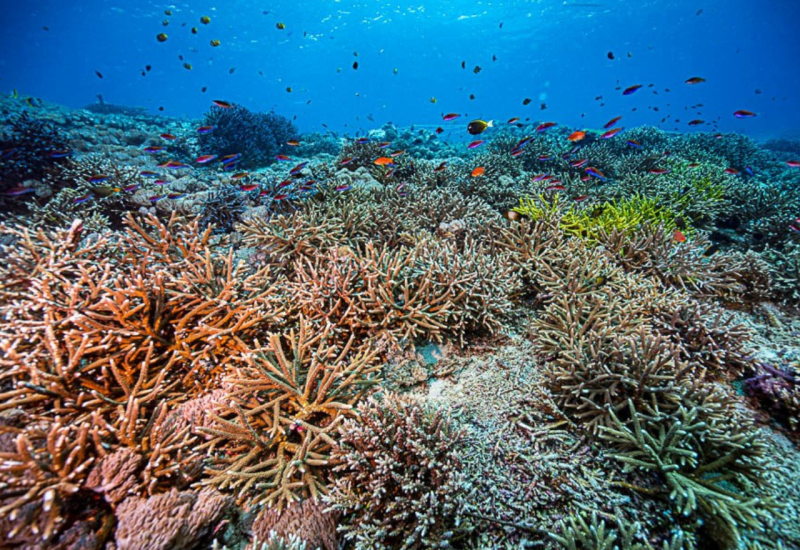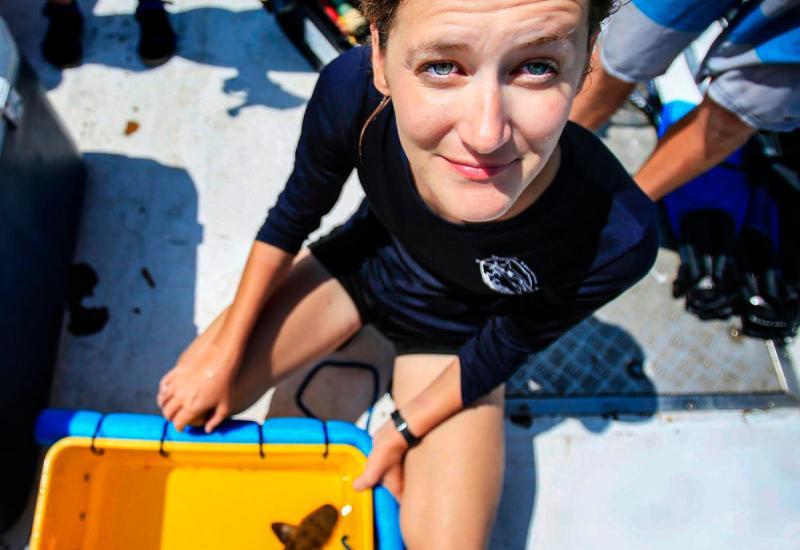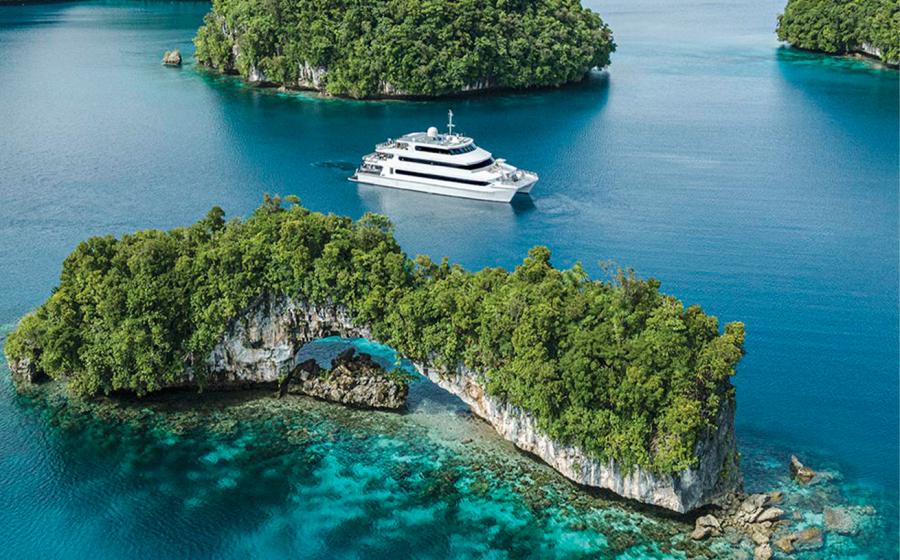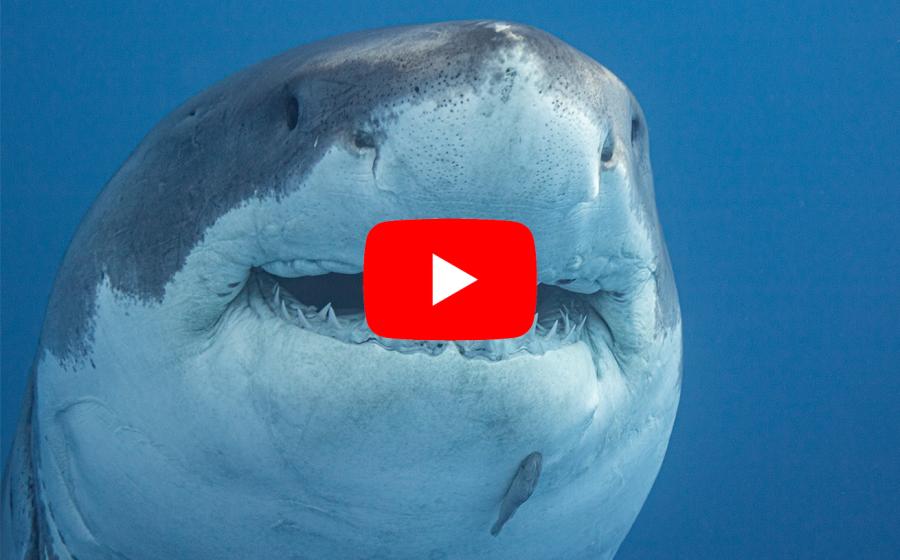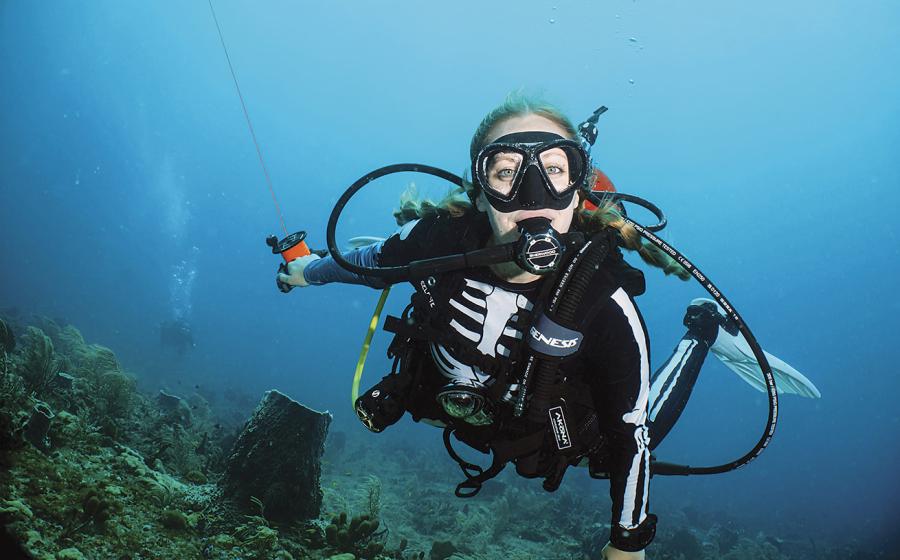Protecting Giant Manta Rays

Giant manta ray
Crucial parties from around the world met during the Convention of Migratory Species of Wild Animals and voted to recommend a proposal put forward by the Ecuadorian government to protect the world’s largest ray, the giant manta ray, Manta birostris. Manta rays, which were recognized as two distinct species in 2009, were listed as globally threatened species in 2011 for the first time by experts from the IUCN Shark Specialist Group in recognition of the increased threat they face around the world. The conservation group Marine Megafauna Association (MMA) is calling for "Range States" to formalize the proposal. Range state is a term used in zoogeography to refer to the countries in which a species or biotope is usually found. The range state concept is used by international conservation organizations in formulating conservation and campaigning policies.
Manta rays, which are worth an estimated US$100 million annually in the marine tourism industry, are already protected in nine Range States. However, previously they have had no protection outside these areas. Giant manta rays regularly migrate into the open ocean where they are killed by fishers after their gill rakers, which have become valuable in Chinese medicine.
Recent research headed by Dr. Andrea Marshall, president of the Marine Megafauna Association and lead author of the IUCN Red List conservation assessment for manta rays, has shown that giant manta rays migrate over 1000 km and can dive to over 1 km deep.
“Giant manta rays are a true international species. They ignore political boundaries and will happily swim into deep oceanic waters,” said Dr. Marshall. “Manta rays, in general, are long-lived, and only have one offspring every one to five years. Unregulated fisheries can quickly wipe out entire populations”
This recent listing obligates CMS member countries to provide strict national protections for giant manta rays and their key habitats. The listing also promotes regional conservation action amongst all Range States, many of which have directed fisheries currently operating within their boarders.
The Marine Megafauna Association, which has been critically involved in the proposal process for Manta birostris, commend the action taken by CMS parties on Friday and urges swift, formal action throughout the respective Range States.
“This could not have come at a better time,” said Dr. Marshall. “Manta rays worldwide face significant threats, but there has been tremendous support and momentum for their conservation recently. CMS listing is a major step toward our shared goal of global protection.”
* The Marine Megafauna Association is a not for profit research organization in Mozambique specializing in the conservation biology of manta rays and whale sharks
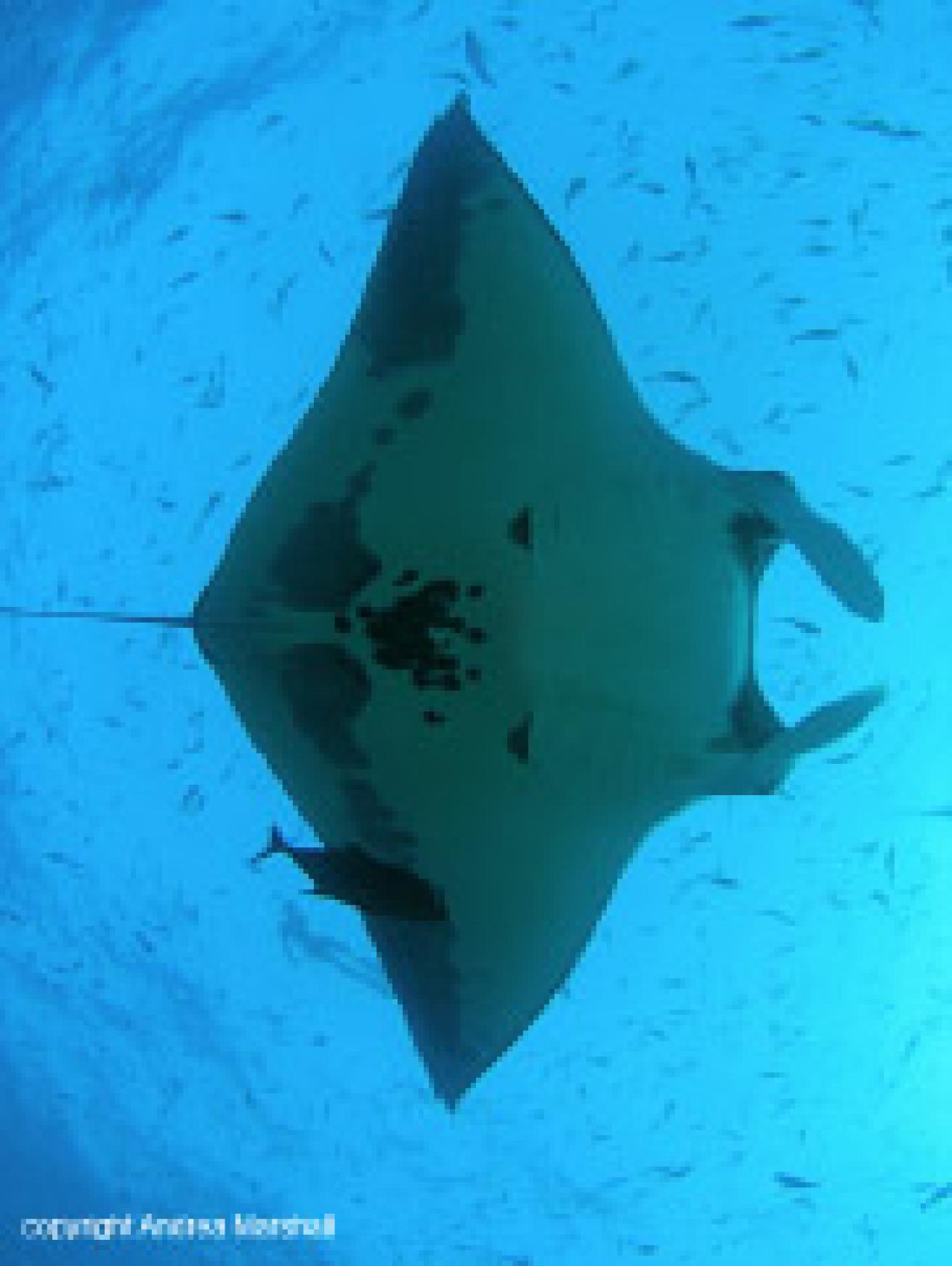
Crucial parties from around the world met during the Convention of Migratory Species of Wild Animals and voted to recommend a proposal put forward by the Ecuadorian government to protect the world’s largest ray, the giant manta ray, Manta birostris. Manta rays, which were recognized as two distinct species in 2009, were listed as globally threatened species in 2011 for the first time by experts from the IUCN Shark Specialist Group in recognition of the increased threat they face around the world. The conservation group Marine Megafauna Association (MMA) is calling for "Range States" to formalize the proposal. Range state is a term used in zoogeography to refer to the countries in which a species or biotope is usually found. The range state concept is used by international conservation organizations in formulating conservation and campaigning policies.
Manta rays, which are worth an estimated US$100 million annually in the marine tourism industry, are already protected in nine Range States. However, previously they have had no protection outside these areas. Giant manta rays regularly migrate into the open ocean where they are killed by fishers after their gill rakers, which have become valuable in Chinese medicine.
Recent research headed by Dr. Andrea Marshall, president of the Marine Megafauna Association and lead author of the IUCN Red List conservation assessment for manta rays, has shown that giant manta rays migrate over 1000 km and can dive to over 1 km deep.
“Giant manta rays are a true international species. They ignore political boundaries and will happily swim into deep oceanic waters,” said Dr. Marshall. “Manta rays, in general, are long-lived, and only have one offspring every one to five years. Unregulated fisheries can quickly wipe out entire populations”
This recent listing obligates CMS member countries to provide strict national protections for giant manta rays and their key habitats. The listing also promotes regional conservation action amongst all Range States, many of which have directed fisheries currently operating within their boarders.
The Marine Megafauna Association, which has been critically involved in the proposal process for Manta birostris, commend the action taken by CMS parties on Friday and urges swift, formal action throughout the respective Range States.
“This could not have come at a better time,” said Dr. Marshall. “Manta rays worldwide face significant threats, but there has been tremendous support and momentum for their conservation recently. CMS listing is a major step toward our shared goal of global protection.”
* The Marine Megafauna Association is a not for profit research organization in Mozambique specializing in the conservation biology of manta rays and whale sharks

